Colorectal Cancer Timeline
Colorectal Cancer is among the four most common cancers in the US, primarily affecting Black and AI/AN populations compared to other ethnicities.
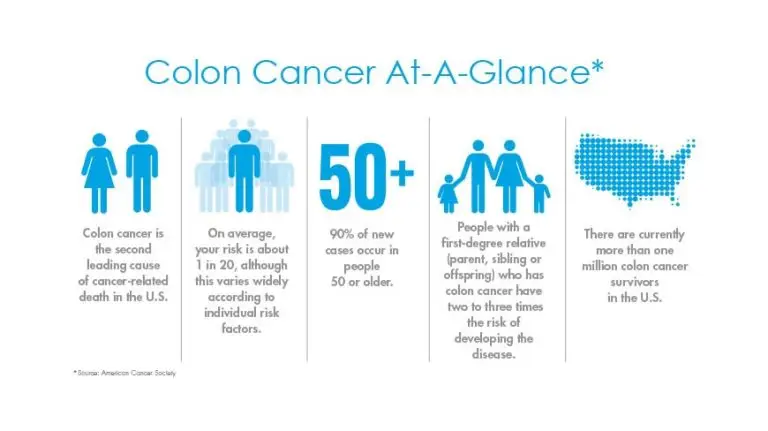
Localized Cancer: Stage 1
Colorectal CancerThis means that cancer cells have only been found in the colon or rectum, where the cancer was initially discovered. Localized colorectal cancer is the most curable and can be caught with colorectal cancer screening. This often pertains to stage I and stage II colon or rectal cancers.
39% of all colorectal cancer cases are localized
There is a 89.9% five-year relative survival rate
There were nearly 571,700 hospitalizations related to colorectal cancer in 2006, or nearly 191.4 stays per 100,000 population.
In all phases of care, average annualized cancer-attributable costs were higher for younger ages, races other than white, and more advanced stages. Stage at diagnosis had the greatest effect on costs. For patients diagnosed with stage I costs were, respectively, $37, 200 on average.
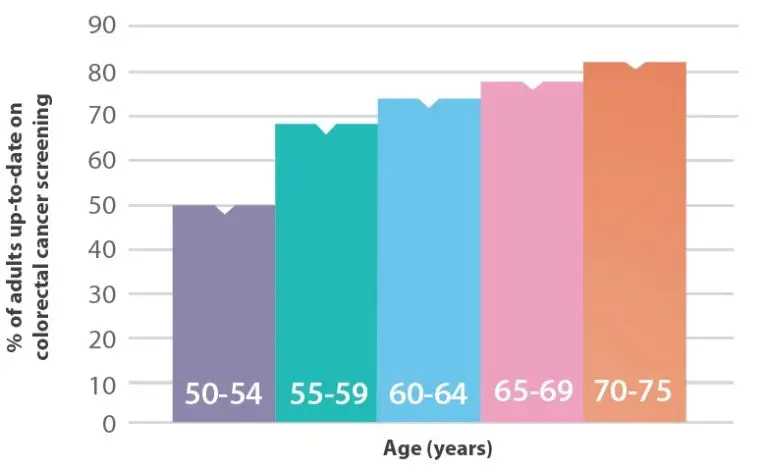
Localized Cancer: Stage 2
Colorectal CancerThis means that cancer cells have only been found in the colon or rectum, where the cancer was initially discovered. Localized colorectal cancer is the most curable and can be caught with colorectal cancer screening. This often pertains to stage I and stage II colon or rectal cancers.
39% of all colorectal cancer cases are localized
There is a 89.9% five-year relative survival rate
There were nearly 571,700 hospitalizations related to colorectal cancer in 2006, or nearly 191.4 stays per 100,000 population.
Colorectal cancer case average annualized costs were $55,845, $5,313, $92,476, and $24,235 in the initial, continuing, EOL cancer, and EOL noncancer phases, respectively. In all phases of care, average annualized cancer-attributable costs were higher for younger ages, races other than white, and more advanced stages. Stage at diagnosis had the greatest effect on cost.
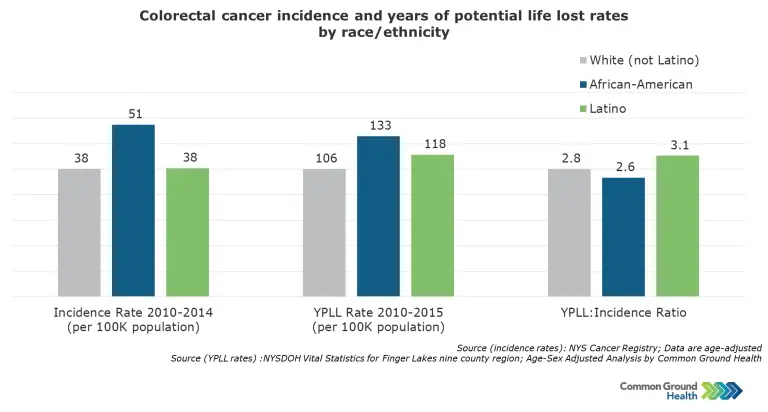
Regional Cancer: Stage 3
Colorectal CancerRegional colorectal cancer means that cancer cells were also found in the lymph nodes surrounding the tumor or tissues. This most often pertains to stage III.
35% of all colorectal cancer cases are regional
There is a 71.3% five-year relative survival rate
There were nearly 571,700 hospitalizations related to colorectal cancer in 2006, or nearly 191.4 stays per 100,000 population.
Colorectal cancer case average annualized costs were $55,845, $5,313, $92,476, and $24,235 in the initial, continuing, EOL cancer, and EOL noncancer phases, respectively. In all phases of care, average annualized cancer-attributable costs were higher for younger ages, races other than white, and more advanced stages. Stage at diagnosis had the greatest effect on cost.
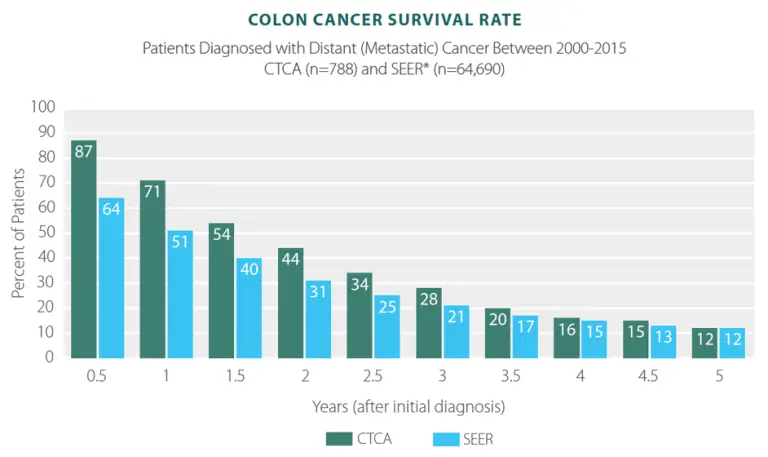
Distant Cancer: Stage 4
Colorectal CancerMetastatic colorectal cancer (mCRC) is distant cancer. This means the cancer is not just in the colon or rectum. These statistics apply to patients with metastases to the liver, lungs, or other organs. Metastatic colorectal cancer is also referred to as stage IV.
22% of all colorectal cancer cases are distant
There is only a 14.2% five-year relative survival rate
There were nearly 571,700 hospitalizations related to colorectal cancer in 2006, or nearly 191.4 stays per 100,000 population.
In all phases of care, average annualized cancer-attributable costs were higher for younger ages, races other than white, and more advanced stages. Stage at diagnosis had the greatest effect on costs. For patients diagnosed with stage IV costs were, respectively, $113,889 on average.
If everyone followed colorectal cancer screening guidelines, 33,000 lives would be saved each year in the U.S
Colorectal Cancer Timeline
Colorectal Cancer is among the four most common cancers in the US, primarily affecting Black and AI/AN populations compared to other ethnicities.
- Stage 1
- Stage 2
- Stage 3
- Stage 4

Localized Cancer: Stage 1
This means that cancer cells have only been found in the colon or rectum, where the cancer was initially discovered. Localized colorectal cancer is the most curable and can be caught with colorectal cancer screening. This often pertains to stage I and stage II colon or rectal cancers.
39% of all colorectal cancer cases are localized
There is a 89.9% five-year relative survival rate
There were nearly 571,700 hospitalizations related to colorectal cancer in 2006, or nearly 191.4 stays per 100,000 population.
In all phases of care, average annualized cancer-attributable costs were higher for younger ages, races other than white, and more advanced stages. Stage at diagnosis had the greatest effect on costs. For patients diagnosed with stage I costs were, respectively, $37, 200 on average.
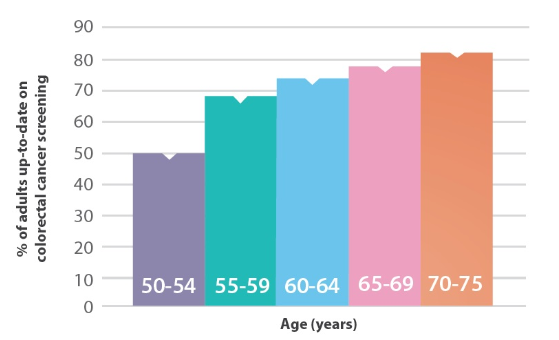
Localized Cancer: Stage 2
This means that cancer cells have only been found in the colon or rectum, where the cancer was initially discovered. Localized colorectal cancer is the most curable and can be caught with colorectal cancer screening. This often pertains to stage I and stage II colon or rectal cancers.
39% of all colorectal cancer cases are localized
There is a 89.9% five-year relative survival rate
There were nearly 571,700 hospitalizations related to colorectal cancer in 2006, or nearly 191.4 stays per 100,000 population.
Colorectal cancer case average annualized costs were $55,845, $5,313, $92,476, and $24,235 in the initial, continuing, EOL cancer, and EOL noncancer phases, respectively. In all phases of care, average annualized cancer-attributable costs were higher for younger ages, races other than white, and more advanced stages. Stage at diagnosis had the greatest effect on cost.
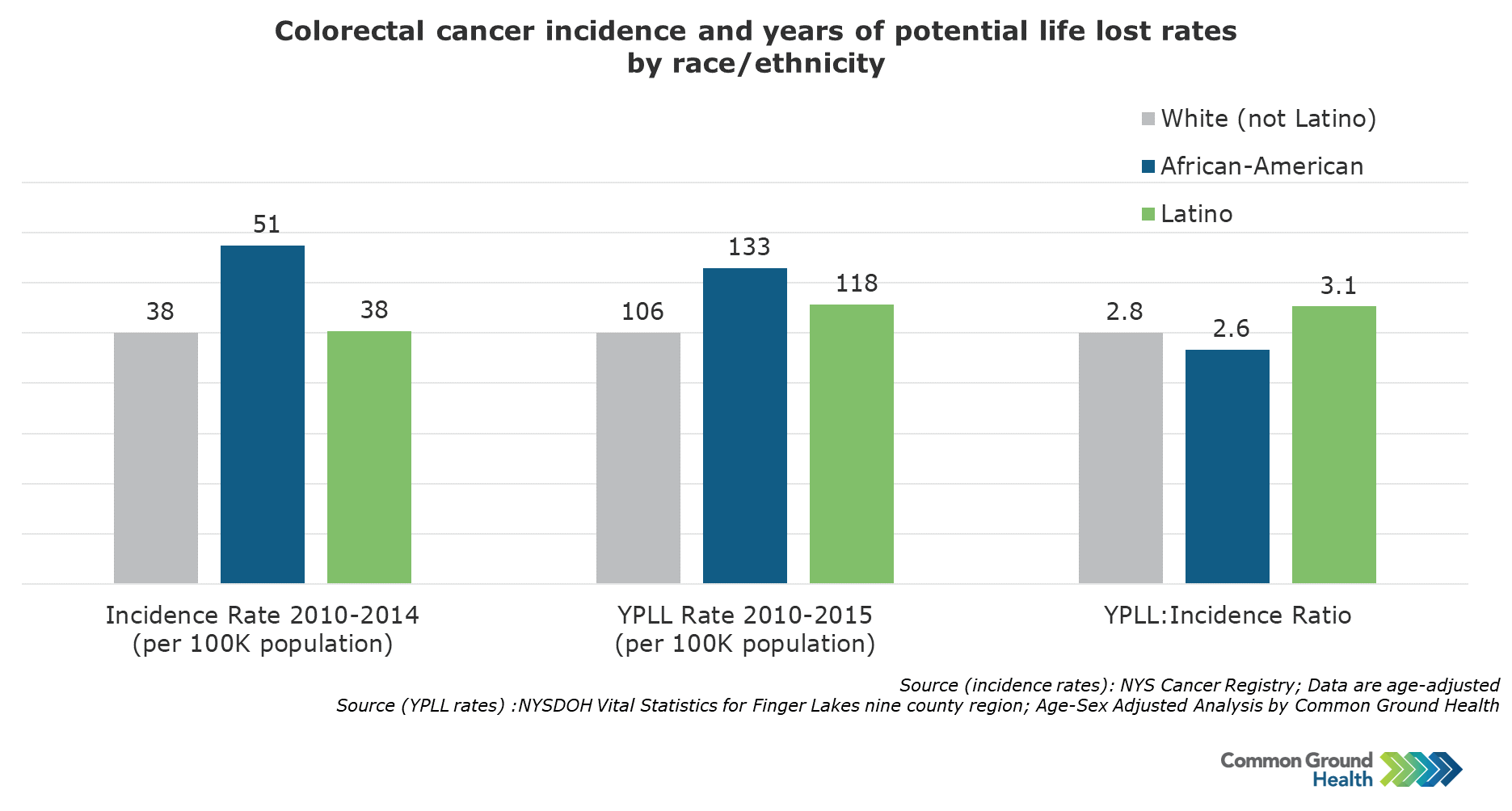
Regional Cancer: Stage 3
Regional colorectal cancer means that cancer cells were also found in the lymph nodes surrounding the tumor or tissues. This most often pertains to stage III.
35% of all colorectal cancer cases are regional
There is a 71.3% five-year relative survival rate
There were nearly 571,700 hospitalizations related to colorectal cancer in 2006, or nearly 191.4 stays per 100,000 population.
Colorectal cancer case average annualized costs were $55,845, $5,313, $92,476, and $24,235 in the initial, continuing, EOL cancer, and EOL noncancer phases, respectively. In all phases of care, average annualized cancer-attributable costs were higher for younger ages, races other than white, and more advanced stages. Stage at diagnosis had the greatest effect on cost.

Distant Cancer: Stage 4
Metastatic colorectal cancer (mCRC) is distant cancer. This means the cancer is not just in the colon or rectum. These statistics apply to patients with metastases to the liver, lungs, or other organs. Metastatic colorectal cancer is also referred to as stage IV.
22% of all colorectal cancer cases are distant
There is only a 14.2% five-year relative survival rate
There were nearly 571,700 hospitalizations related to colorectal cancer in 2006, or nearly 191.4 stays per 100,000 population.
In all phases of care, average annualized cancer-attributable costs were higher for younger ages, races other than white, and more advanced stages. Stage at diagnosis had the greatest effect on costs. For patients diagnosed with stage IV costs were, respectively, $113,889 on average.